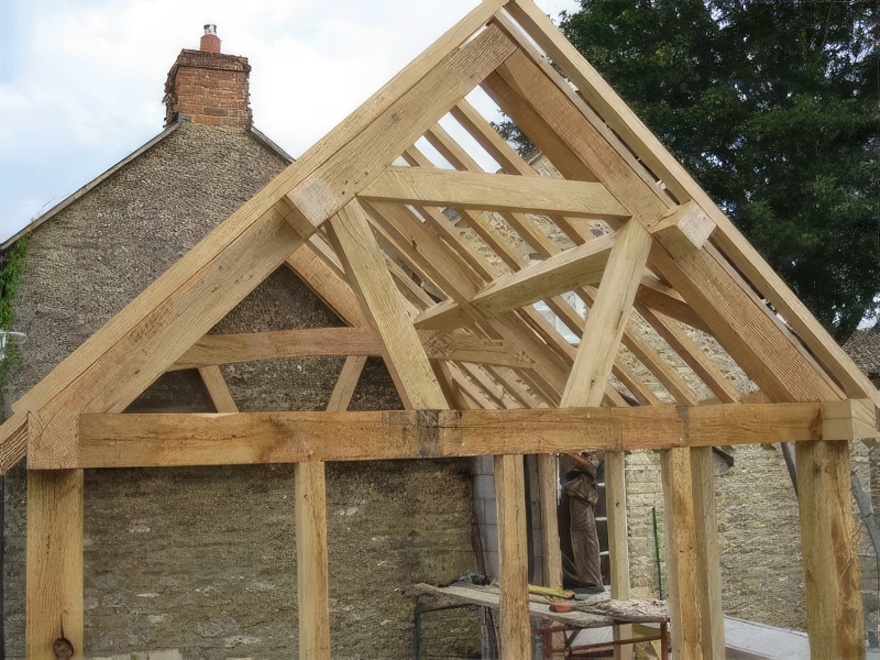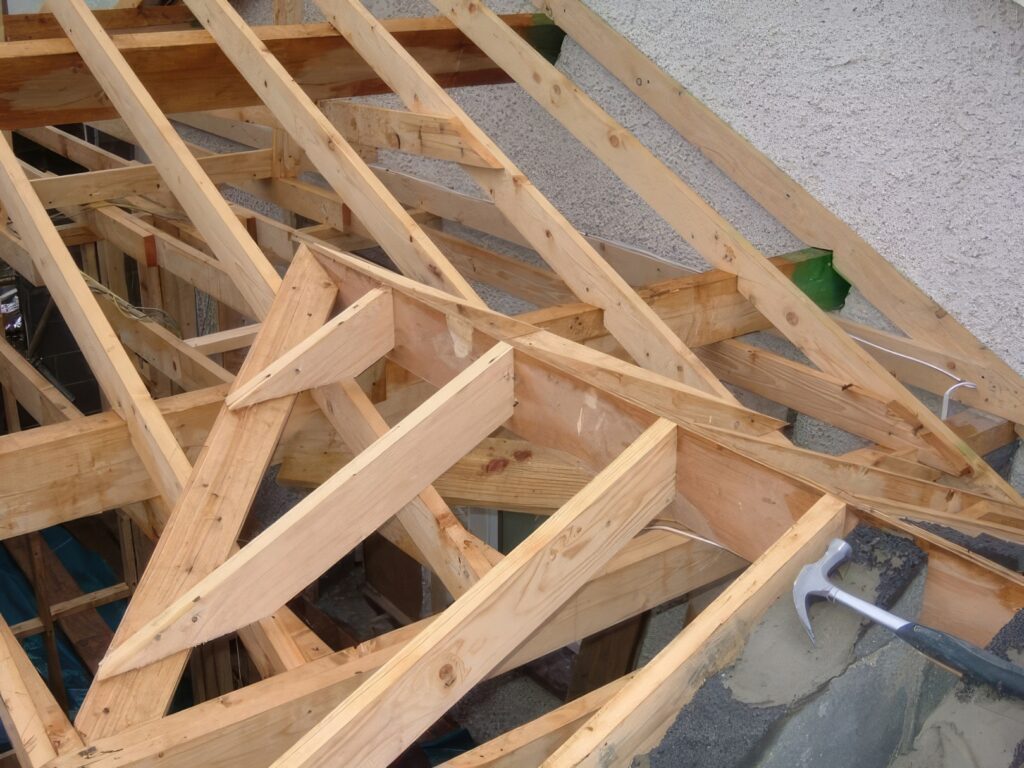The air, thick with the scent of freshly sawn pine and the sharp tang of galvanized steel, hums with a different energy now. Gone is the chaotic overture of the crane’s groan and the shouted coordinates as trusses, those engineered skeletons of shelter, ascended skyward. The frantic percussion of dozens of hammers finding their mark on connector plates has subsided into focused, rhythmic strikes. We stand now on the precipice of completion, the wooden latticework spanning the walls below like the ribs of some colossal, slumbering beast. The critical moment arrives: truss framing roofing is braced and the last temporary nail is driven, the symphony reaches its powerful finale.

This isn’t merely construction; it’s orchestration. The raising of the trusses was the bold opening movement – a display of raw power and geometric precision. Each truss, lifted and positioned, was a note carefully placed on the stave of the building’s footprint. The temporary bracing, slender warriors of stability hammered in as each truss landed, formed the initial harmonies, preventing the fragile assembly from collapsing under its own ambition or the caprice of the wind. They were the tentative chords establishing the key.
Now comes the intricate development section: the meticulous installation of the permanent bracing. This is where the true structure emerges from the potential. Diagonals snake across the webs of the trusses, forming robust triangles – geometry’s immutable answer to lateral forces. Continuous lateral braces run along the top chords, tying the individual trusses into a unified diaphragm, ready to distribute loads like shared responsibility. Blocking is precisely cut and secured at strategic intervals, adding rigidity, preventing buckling. Each piece of lumber, each metal strap, each driven nail is a carefully placed instrumental line – the bassoon’s steady pulse, the cello’s resonant counterpoint – weaving strength into the very fabric of the roof.

The carpenters move with a purposeful grace now, a ballet played out on the uneven stage of joists and chords. Their movements are less about brute force and more about calibrated tension, exact measurement, and unwavering attention to the architect’s score – the blueprints. A shout across the rafters isn’t panic, but coordination: “Check the alignment on truss seven before we lock in that diagonal!” The zip of a saw cutting a brace to length is a sharp, staccato note. The solid thwack-thwack-thwack of a hammer driving a 16d nail through a metal connector plate and into solid wood is a deep, resonant beat in the percussion section. The whine of an impact driver sinking lag screws into blocking adds a higher-pitched, insistent rhythm. The crane operator, now mostly idle, watches like a conductor awaiting the final cue, the machine a silent, potent instrument momentarily at rest.
Tension builds, almost audibly, as the bracing network nears completion. The temporary braces, those faithful placeholders, begin to look redundant. Their job is nearly done, their sacrifice imminent. The roof structure, once a precarious collection of individual elements, visibly firms. Push against a truss now, and instead of a worrying sway, you feel the satisfying resistance of a unified whole. It’s no longer just wood and metal perched on walls; it’s becoming a system, an engineered entity capable of bearing snow, wind, and time itself. This stiffening is the orchestral swell, the strings rising, the brass intensifying, driving towards the inevitable climax.

Then, the moment crystallizes. A carpenter, perhaps the lead framer, perhaps the newest apprentice entrusted with this symbolic act, spots it – the final diagonal brace is perfectly aligned, its ends bearing firmly against the truss chords. The last piece of blocking is snugly fitted. All that remains is to secure one last temporary brace, holding everything taut until the permanent connections are fully cinched down or the sheathing is applied, locking it all immovably in place. The worker selects a single nail – perhaps slightly bent, perhaps gleaming new – positions it precisely over the pre-punched hole in the metal strap where it overlaps the brace. The hammer rises, a brief pause hangs in the sawdust-laden air – the fermata before the final chord.
WHACK!
Truss framing roofing is braced and the last temporary nail is driven. The sound is sharp, definitive, echoing briefly across the now-stable plane. It’s not the loudest sound of the day, but it carries the weight of culmination. That single impact reverberates with the accumulated effort, precision, and collective breath held during the entire framing process.
The symphony reaches its powerful finale. The final note hangs, resonant and pure. The chaotic potential of scattered lumber and lifted trusses has been transformed into ordered strength. The temporary braces, their purpose fulfilled, will soon be removed, but their legacy is the stability they enabled. The structure stands ready, a silent testament to the skill of the builders, the logic of engineering, and the power of coordinated effort. The percussion of hammers falls silent, replaced by the softer sounds of tools being gathered, satisfied murmurs between crew members, the scrape of a boot on wood. The conductor lowers the baton. The wind, no longer a threat but merely an atmospheric element, whispers through the open lattice.
This finale isn’t an end, but a profound transition. The powerful structure now exists. It is the essential platform, the secure skeleton upon which the next movements will be built: the drumming rhythm of the nail guns securing roof sheathing, the overlaying melodies of shingles or metal panels, the intricate counterpoint of flashing and vents. But the heart of the roof, its fundamental strength and geometry, its very ability to be a roof, was forged in that framing symphony. The bracing is the invisible musculature, the driven nails the connective sinew. When the last temporary nail sinks home, securing that crucial stability, the primary structural act is complete. The shelter has its backbone. The symphony of framing has delivered its most crucial, powerful message: Here I stand. I endure. The applause is in the solidity beneath your feet and the promise of shelter overhead. The finale resonates long after the last echo fades.


